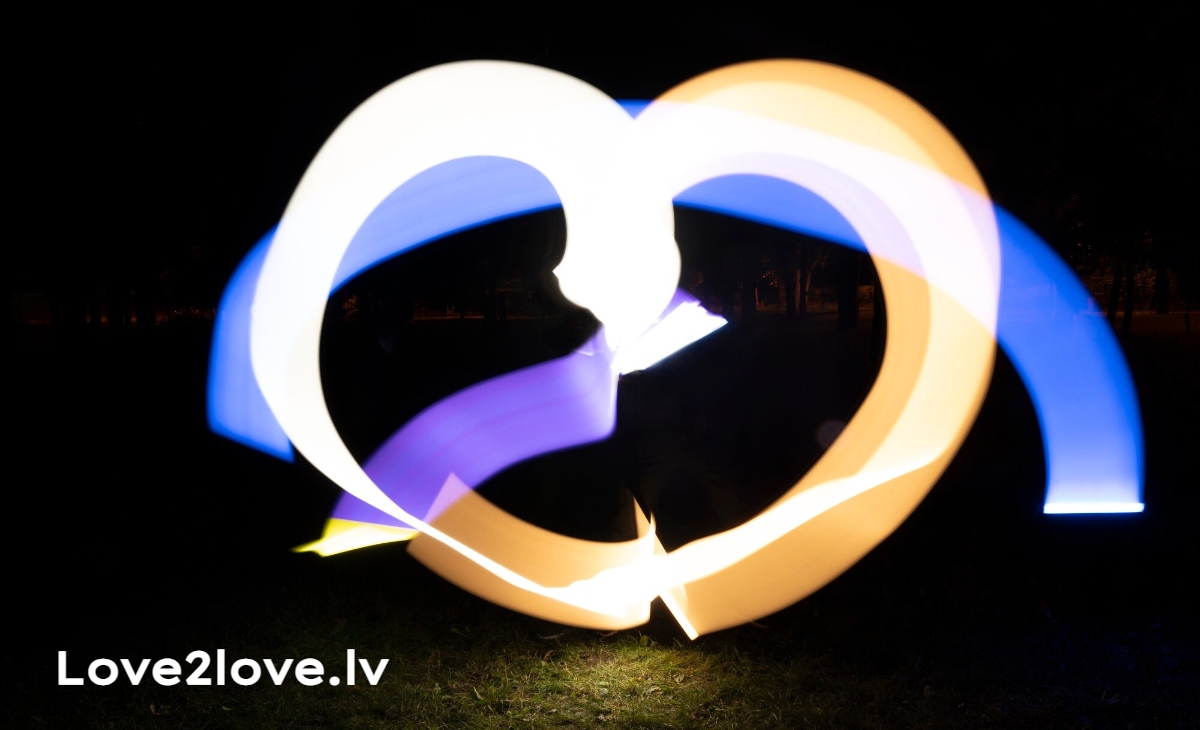Tatuajes, or tattoos, have been a form of self-expression, cultural significance, and personal storytelling for centuries. From ancient tribal markings to modern-day body art, the evolution of tatuajes reflects a rich tapestry of human history and creativity. In this comprehensive guide, we’ll explore the fascinating world of tatuajes, delving into their history, cultural significance, styles, techniques, and tips for both enthusiasts and first-timers.
The History of Tatuajes
The history of tatuajes dates back thousands of years, with evidence of tattoos found on mummies and ancient artifacts. Tattoos have been used for various purposes, including rites of passage, religious symbols, and marks of social status.
1. Ancient Origins: The earliest evidence of tatuajes comes from the ancient Egyptians, with tattoos found on mummies dating back to 2000 BCE. These tattoos often represented religious symbols and protective amulets.
2. Polynesian Traditions: In Polynesia, tatuajes were an integral part of the culture, representing tribal affiliations, social status, and personal achievements. The word “tattoo” itself is derived from the Polynesian word “tatau.”
3. Japanese Irezumi: Japanese tatuajes, known as irezumi, have a long history and are often associated with the Yakuza. These intricate designs often feature mythical creatures, koi fish, and cherry blossoms.
4. Western Adoption: In the late 19th and early 20th centuries, tatuajes gained popularity in Western cultures, particularly among sailors, soldiers, and circus performers. Today, tatuajes are mainstream, embraced by people from all walks of life.
The Cultural Significance of Tatuajes
Tatuajes hold deep cultural significance in many societies. They can convey identity, heritage, beliefs, and life experiences.
1. Maori Tā Moko: The Maori people of New Zealand use tā moko, a traditional form of tattooing, to represent genealogy, social status, and personal achievements. Each design is unique and tells the story of the individual’s life.
2. Hindu Mehndi: While not permanent, mehndi (henna tattoos) play a significant role in Hindu culture, particularly during weddings and festivals. These intricate designs are believed to bring good luck and protection.
3. Native American Tattoos: Native American tribes used tatuajes to signify tribal affiliation, accomplishments, and spiritual beliefs. Designs often included animals, nature, and celestial symbols.
4. Modern Symbolism: In contemporary society, tatuajes can represent a wide range of meanings, from memorializing loved ones to showcasing personal interests and passions. The symbolism behind each tattoo is deeply personal to the individual.
Styles of Tatuajes
The world of tatuajes is incredibly diverse, with numerous styles to choose from. Here are some of the most popular styles:
1. Traditional (Old School): Characterized by bold lines, bright colors, and iconic designs such as anchors, roses, and skulls. This style has its roots in sailor tattoos.
2. Realism: A highly detailed style that aims to replicate real-life images, such as portraits, animals, and landscapes. This style requires a high level of skill and precision.
3. Watercolor: This modern style mimics the appearance of watercolor paintings, with vibrant colors and soft, flowing lines. It often features abstract and nature-inspired designs.
4. Tribal: Tribal tattoos are based on ancient tribal art and often feature bold, black lines and geometric patterns. Each design can carry specific cultural meanings.
5. Japanese: Known for its intricate details and vibrant colors, Japanese tattoo art often includes themes such as koi fish, dragons, and cherry blossoms. These tattoos are rich in symbolism and cultural significance.
6. New School: A modern take on traditional tatuajes, new school tattoos are characterized by exaggerated features, bright colors, and a cartoonish style.
7. Minimalist: Minimalist tattoos focus on simplicity, using clean lines and minimal shading. These tattoos often feature small, subtle designs that carry significant personal meaning.
The Tattooing Process
Understanding the tattooing process can help demystify the experience and ensure you are well-prepared for your tattoo journey.
1. Choosing a Design: The first step is selecting a design that resonates with you. Consider the symbolism, style, and placement of the tattoo. Many people find inspiration from personal experiences, cultural heritage, or favorite art styles.
2. Finding an Artist: Researching and finding a reputable tattoo artist is crucial. Look for artists who specialize in the style you want and check their portfolio to ensure their work aligns with your vision.
3. Consultation: Schedule a consultation with your chosen artist to discuss your design, placement, and any questions you may have. The artist may provide suggestions to enhance the design and ensure it fits well on your body.
4. Preparing for the Session: Follow your artist’s instructions for preparing for the tattoo session. This may include staying hydrated, avoiding alcohol, and ensuring you are well-rested.
5. The Tattooing Process: The artist will begin by cleaning the area and applying a stencil of the design. They will then use a tattoo machine to inject ink into the skin. The process can take anywhere from a few minutes to several hours, depending on the size and complexity of the design.
6. Aftercare: Proper aftercare is essential for the healing process. Follow your artist’s aftercare instructions, which may include keeping the tattoo clean, applying ointment, and avoiding sun exposure.
Tips for First-Time Tattoo Enthusiasts
Getting your first tattoo can be an exciting yet daunting experience. Here are some tips to help ensure a positive experience:
1. Do Your Research: Take the time to research different tattoo styles, artists, and studios. Read reviews and ask for recommendations from friends or online communities.
2. Start Small: If you’re unsure about the pain or commitment, consider starting with a small, simple design. You can always add more tattoos later.
3. Trust Your Artist: Your tattoo artist is a professional with experience and expertise. Trust their advice on design placement, size, and aftercare.
4. Be Prepared for Pain: Tattoos can be painful, especially in certain areas. Pain tolerance varies from person to person, so be mentally prepared for some discomfort.
5. Take Care of Your Tattoo: Proper aftercare is crucial for the healing process and the longevity of your tattoo. Follow your artist’s instructions diligently.
The Art of Tattoo Design
Tattoo design is a highly creative and personal process. Many people choose to collaborate with their tattoo artist to create a unique and meaningful design.
1. Custom Designs: Custom tattoos are designed specifically for the individual, incorporating personal elements and symbolism. Working with an artist to create a custom design ensures a one-of-a-kind piece of art.
2. Flash Tattoos: Flash tattoos are pre-designed images displayed in tattoo studios. These designs are often chosen for their simplicity and classic appeal.
3. Incorporating Personal Elements: Many people choose to incorporate personal elements into their tatuajes, such as names, dates, or symbols that hold special meaning. These elements can add a deeper level of significance to the tattoo.
The Impact of Tatuajes on Society
Tatuajes have had a significant impact on society, influencing fashion, art, and cultural identity.
1. Fashion and Pop Culture: Tattoos have become a prominent part of fashion and pop culture, with many celebrities and influencers showcasing their body art. This has helped to normalize tattoos and make them more widely accepted.
2. Art and Design: Tattoos are recognized as a legitimate form of art, with many tattoo artists gaining recognition for their skill and creativity. Tattoo conventions and exhibitions celebrate the art form and provide a platform for artists to showcase their work.
3. Cultural Identity: For many people, tatuajes are a way to express their cultural identity and heritage.
The Future of Tatuajes
The future of tatuajes looks bright, with advancements in technology and evolving trends continuing to shape the art form.
1. Technological Advancements: Innovations in tattoo technology, such as improved tattoo machines and inks, are enhancing the quality and safety of tatuajes.
2. Evolving Styles: Tattoo styles continue to evolve, with new trends and techniques emerging. From hyper-realistic tattoos to abstract designs, the possibilities are endless.
3. Increased Acceptance: Tattoos are becoming increasingly accepted in society, with more workplaces and institutions relaxing their policies on visible tattoos.
4. Sustainability: There is a growing trend towards sustainable and eco-friendly tattoo practices, with artists and studios adopting environmentally conscious methods.
Conclusion: Embrace the World of Tatuajes
Tatuajes are more than just body art; they are a powerful form of self-expression, cultural heritage, and personal storytelling. Whether you’re a tattoo enthusiast or considering your first tattoo, understanding the history, significance, and process of tatuajes can enhance your appreciation for this ancient art form. Embrace the world of tatuajes and discover the endless possibilities that await.
Also Read : Ovo Unblocked: Unlock Endless Fun&











